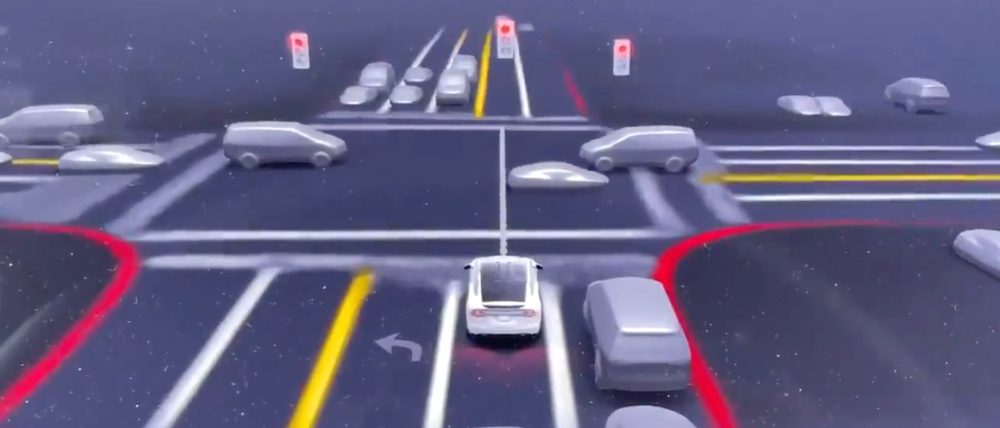
Tesla, which has managed to avoid reporting autonomous driving data to the DMV, could be forced to open the books on its Full Self-Driving (FSD) Beta to the California DMV after what the latter called “videos showing dangerous use.”
Many companies from Apple to Tesla have been testing autonomous driving technology in California.
The California DMV requires them to share data from their autonomous driving programs, like disengagements and accidents.
Tesla has been able to avoid sharing this data with the DMV, and it has officially only logged in a few hundred miles of “autonomous test driving” in the state over the last seven years.
We have previously reported that most if not all of that mileage was related to creating video “demonstrations” of Tesla’s self-driving technology.
But since the release of Tesla’s Full Self-Driving (FSD) Beta program, things have been more complicated.
Full Self-Driving Beta (FSD Beta) is an early version of Tesla’s self-driving software that is currently being tested by a fleet of Tesla owners selected by the company through its “safety test score.” The software enables the vehicle to drive autonomously to a destination entered in the car’s navigation system, but the driver needs to remain vigilant and ready to take control at all times.
Since the responsibility lies with the driver and not Tesla’s system, it is still considered a level-two driver-assist system despite its name.
Previously released communications between Tesla and the California DMV showed that the automaker asked the DMV to be exempt from its autonomous test reporting because FSD Beta requires driver supervision at all times, and therefore, it doesn’t fit its description of autonomous.
The DMV accepted this explanation, but after some pressure from a state senator last year, the government agency now said that it is “revisiting” this decision.

The decision to revisit forcing Tesla to report autonomous driving data was confirmed in a letter the DMV sent on Monday toState Senator Lena Gonzalez, who put some pressure on the DMV about Tesla’s FSD Beta in a letter in December.
In the letter, the DMV said that they decided to review their decision after “recent software updates” and “videos showing dangerous use” among other things (via the LA Times):
“Recent software updates, videos showing dangerous use of that technology, open investigations by the National Highway Traffic Safety Administration, and the opinions of other experts in this space” prompted the reevaluation, the DMV said in a letter Monday to state Sen. Lena Gonzalez (D-Long Beach), chair of the Senate’s transportation committee.
Several Tesla owners who have received access to the FSD Beta software have posted videos of the feature at work.
While none of them have shown accidents, several have shown near-misses that could have been extremely dangerous.
Last year, Tesla told FSD Beta testers to “be selective” in what they share on social media about the FSD Beta program and that “a lot of people want them to fail.”
The DMV didn’t offer a timeline on when it might make a decision on changing its definition of autonomous driving testing to get Tesla to report its data.
Electrek’s Take
At this point, I’m all for it. Tesla should share more data about its Full Self-Driving program.
They owe it to the thousands of people who bought the FSD package and have nothing to show for it years later.
FSD Beta has been out for over a year now, and Tesla itself admits that it is optimized for California roads where most of the early testing happened.
Right now, we can only track progress through anecdotal data points based on what owners with FSD Beta share, which is less than ideal to say the least.
If Tesla was to release disengagement data, which is how many times drivers need to intervene when FSD Beta is active, it would give us something tangible to track progression.
What do you think? Let us know in the comments section below.
Subscribe to Electrek on YouTube for exclusive videos and subscribe to the podcast.
Author: Fred Lambert
Source: Electrek



